In this day and age, swimming pools are proving to move up a couple of notches on house hunter’s checklist. Swimming pools add an element of prestige to a property and when done right it not only becomes a place to cool down but an attractive feature too.
A pool can be a great way to bring moving interest to your design as the water ripple reflects new and unique light patterns. When designed properly the water can manipulate the light and reflect it.
Pools should relate to the most utilized rooms of the house to encourage use while also allowing visibility to the pool area for safety concerns.
Indoor pool maintenance requires practices that go beyond the traditional service call.
Indoor pools demand special monitoring for the constant challenge of humidity control.
How indoor pool increase humidity
To prevent condensation, protect the room fabric and provide a comfortable atmosphere for users of a swimming pool, the humidity must be carefully controlled. For this to be achieved the maximum humidity level within a pool should be between 55-65 percent.
Temperature control. The air temperature is normally controlled at around 1degree Celsius warmer than the water temperature. This helps in reducing evaporation as well as improving swimmers comfort as they leave the water.
Chlorine is also an aggressive substance, which severely attacks building materials when present in condensation.
Excessive humidity will cause a bad indoor environment and lead to having a bad experience at the pool.
The highest relative humidity allowed with any given room temperature is defined by;
- The insulation grade of the building
- The outdoor air temperature
- The air circulation
- The water content of the air.
Evaporation is the major cause of humidity it cannot be avoided and if not dealt with in the right manner, this evaporation surely causes problems. A lot of pools have been destroyed because the inventory, walls, and building structures were eaten away by mold, rot, and corrosion all because an adequate dehumidifier was not installed.
The water should be kept as cool as possible and, it is recommended that designers and owners should consider covering the pool when it is not in use.
A light plastic film can be floated on the water surface. This would allow a reduction in the rate of evaporation.
The indoor pool is a unique synergy of factors that could result in building deterioration, air-related health problems, and uncomfortable environmental conditions for users.
Ventilation. Supply air vents must fully cover exterior windows with conditioned air to avoid condensation. The system must move air down to the breathing zone for good air quality.
Dehumidification. Most indoor pools have a dehumidifier to maintain 50-60 percent relative humidity and cool or heat the air to set a point temperature. Without a dehumidifier, space would only depend on outdoor air and exhaust which is not as effective.
Water chemistry. Imbalanced chemistry results in the buildup of respiratory-affecting chloramines and potentially causes the surface to corrode.
Building envelope. An indoor pool can experience issues related to construction techniques or building materials. For instance, breaching vapor barriers can allow damaging condensation to accumulate inside the walls.
The advantages of swimming pool dehumidifier system
Humidity is a major concern for all indoor swimming pool owners and the most effective way to control pool room humidity is to use a full dehumidification system.
- Serves to remove destructive moisture.
- These dehumidifier systems are designed to control the relative humidity of an indoor pool room. They filter the air to remove any airborne particulates and subsequently release clean air.
- When used with a remote condenser the dehumidifiers can provide warmth, dry air during cold months, and cool air during warm months.
- They are used to heat pool water hence saving energy and reducing the load on the pool water heating system.
- Can provide comfort while preventing structural problems related to excess moisture
- Protects the pool room structure.
How to choose the right swimming pool dehumidifier
Indoor pools are a big investment and installing a dehumidifier easily eliminates overall humidity problems that can result in uncomfortable rooms and mold growth.
Space, water temperatures, and relative humidity are key checkpoints.
- Total humidity control.
Indoor pools are great investments, incredibly enjoyable but they can present problems for the interior of your home creating an ideal environment for mold growth.
An indoor pool environment requires a relative humidity level of less than 60% to stave off mold growth. Dehumidifiers, in this case, help decrease the chance of mold as well as moisture damage to the structure, ceiling, walls etc.
The presence of a dehumidifier will also help relieve the discomfort that accompanies pool areas, particularly the humidity. This will ease the stuffy discomfort inside the pool area.
- The decrease in make-up water.
The evaporated pool water can be collected and simply replaced back in the pool via a drain hose.
- Heavy-duty construction.
Dehumidifiers that are heavy-duty are made with durable parts that can withstand harsh humid environments.
- Easy maintenance.
Choose a dehumidifier that is built to last especially with basic maintenance.
- Super-size.
Choose a unit that has a higher capacity than the square footage you require. The dehumidifier won’t run as often hence equating to lower electricity costs and more moisture and humidity removal.
BaseAire dehumidifier
The BaseAire dehumidifier is the ideal dehumidifier that you are looking for. They are made for both residential and commercial spaces.
- The BaseAire dehumidifier has a 5years full warranty.
- It will offer more pint capacity
- Auto humidistat. This feature allows the dehumidifier to automatically turn on and off depending on the humidity level, hence saving a lot of electricity.
- Energy stat certified. This means it saves money from your energy bills.
- Remote control. One is able to change the settings of the dehumidifier from anywhere in the house because it is remotely controlled.
- Air filters. These dehumidifiers are equipped with air filters to clean the indoor air off any mold spores or odor.
- Noise levels. These dehumidifiers produce minimal noise hence don’t affect the comfort level of your house.
- Portability. Baseaire dehumidifiers have a wide range of portable dehumidifiers that are light and can be moved from one place to the other. Heavy dehumidifiers have wheels to enable easy movement.
- Large collections buckets. This means one doesn’t have to keep one emptying the buckets every now and then.
- Fully operational in low temperatures.
Swimming pools have proven to be essential in the real estate fields hence we should ensure we take up important measures to ensure they do not cause harm or loss especially due to humidity effects which may cause damaging of structures and even humidity-related diseases.
Dehumidifiers are important to ensure the humidity is controlled hence providing a good and comfortable living condition. A good dehumidifying solution is important and an overall solution.

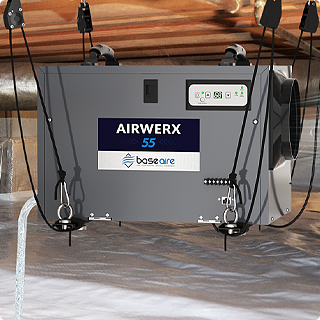
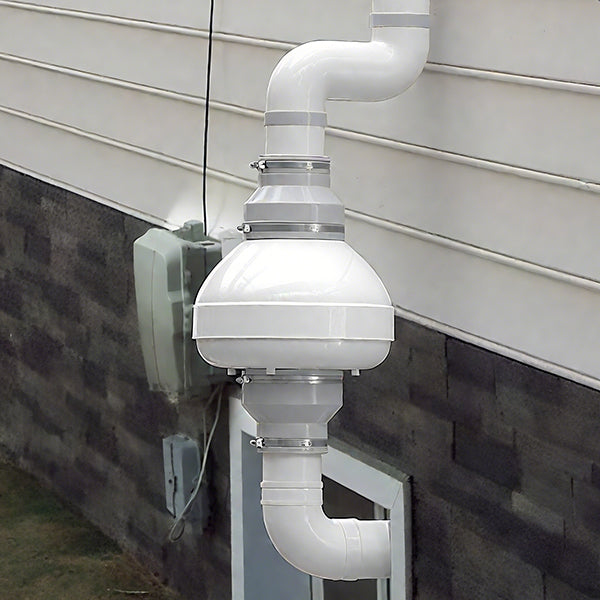
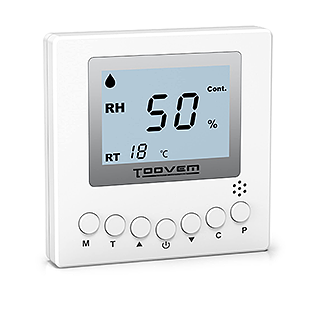
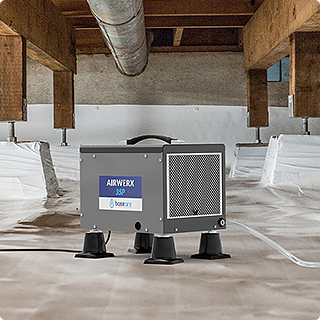
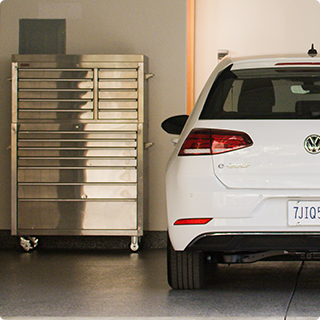
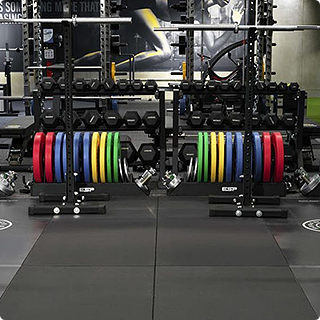
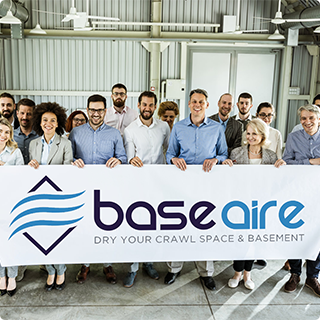

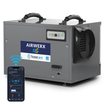
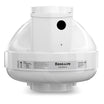
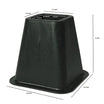
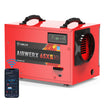

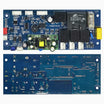
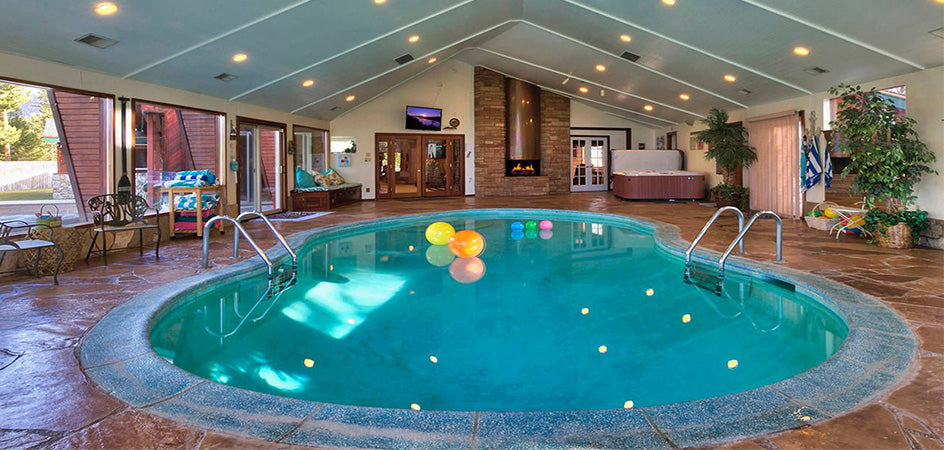
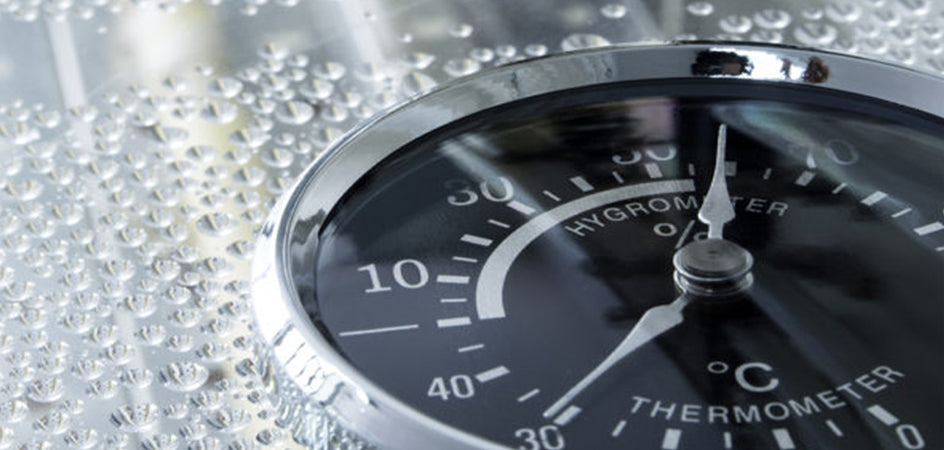

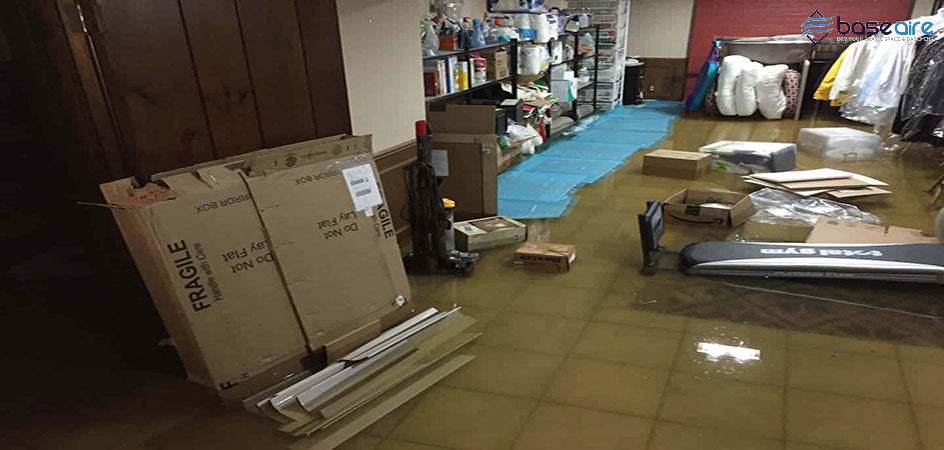




Leave a comment
All comments are moderated before being published.
This site is protected by hCaptcha and the hCaptcha Privacy Policy and Terms of Service apply.